6 Cleaning Mistakes That Could Land You in the Hospital
These oversights and accidents could turn spring cleaning into a trip to the doctor's office.
By Valerie Ross
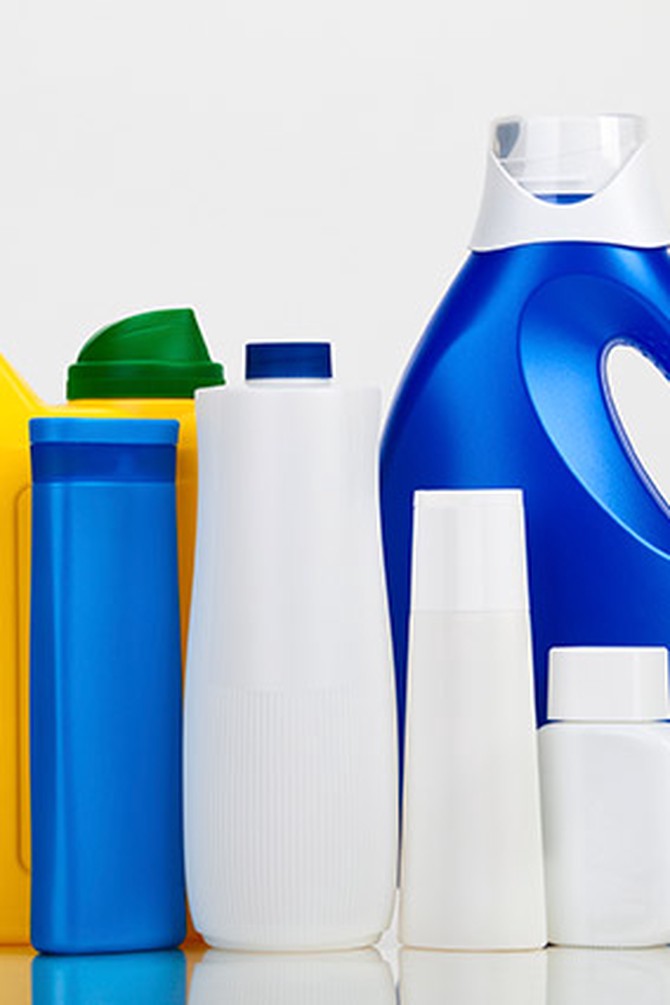
Photo: Thinkstock
Mixing Bleach with Pretty Much Anything
If your mother told you not to mix bleach with ammonia, listen: The two combine to create a toxic gas called chloramine, which at low levels causes wheezing, coughing, nausea and watery eyes, and at higher concentrations can do irreversible damage to the lungs. But mixing bleach with any acidic cleaner (regular old vinegar as well as many drain cleaners, toilet bowl cleaners, dishwasher rinses, rust removers and more) is just as dangerous. It also produces a toxic gas, chlorine, which can cause dizziness, coughing, and burning in the nose or eyes when you're exposed to a small amount and can be fatal at higher levels.
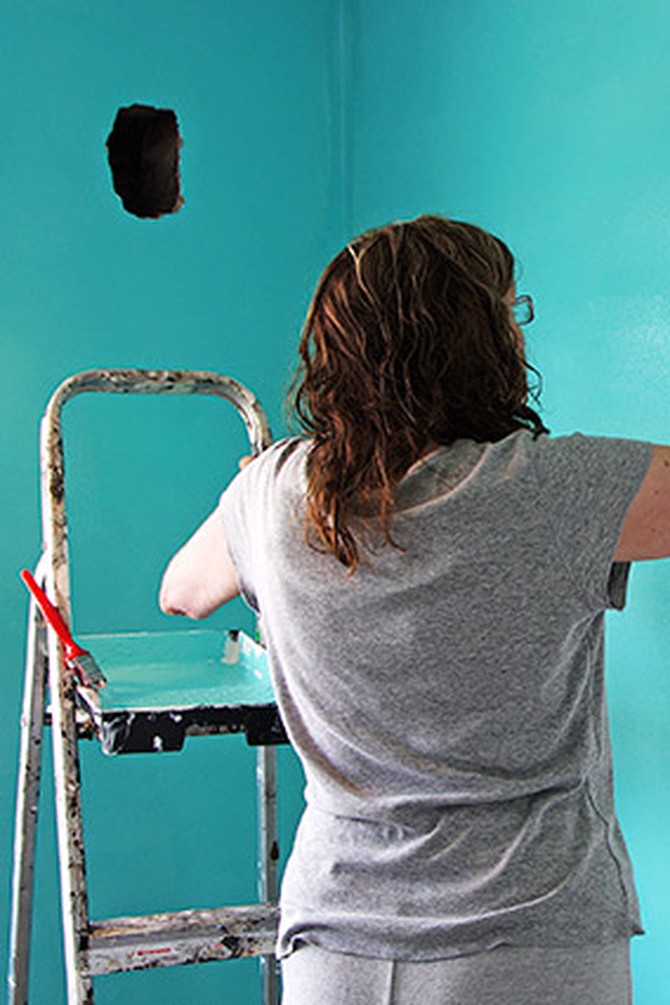
Photo: Thinkstock
Falling Off a (Tiny) Ladder
You know that mucking out the gutters comes with a serious risk: Ladder-related injuries send 164,000 people in the U.S. to emergency rooms each year. But did you know that over 35,000 people were hurt while using stepladders in 2010?
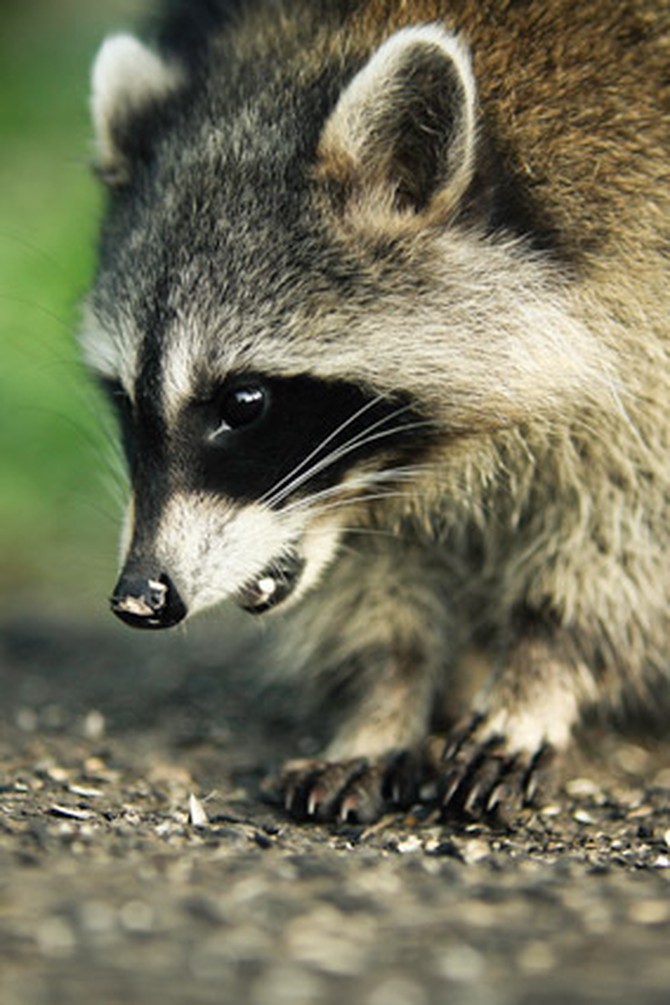
Photo: Thinkstock
Casually Sweeping Up What the Local Wildlife Left Behind
Raccoons make their way into attics and garages, under porches and decks. Even once the creatures themselves are gone, they sometimes leave a clear sign of their presence: a communal toilet known as a latrine. If you find yourself having to clear the neighborhood raccoon loo off your property, you'd best do it very carefully. Raccoons—and their feces—harbor eggs from the Baylisascaris procyonis roundworm that can be harmful to people if ingested, even if only through dust stirred up at the cleaning site. The rare but often deadly hantavirus could also pose a risk to housecleaners in the Western U.S., particularly in rural areas where the virus and the mice that carry it generally are found. Since the virus is spread through the mice's droppings and urine, cleaning up after rodents that have moved in to escape a cold winter can make you sick—a likely reason most cases occur in spring.
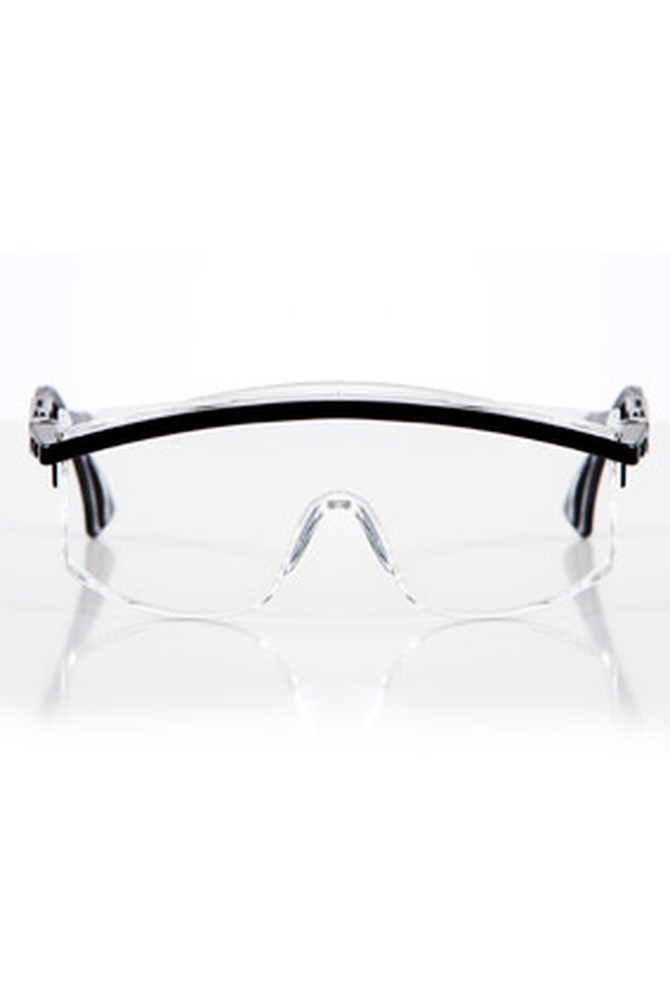
Photo: Thinkstock
Skipping the Goggles
The caustic cleaning products that can work through months of grime on your shower or stove can be extremely dangerous when even a drop of them comes into contact with the human body—particularly the sensitive, unprotected eye. Bleach, oven cleaner and other household products cause 125,000 eye injuries a year, the American Academy of Ophthalmology reports, in large part because only a third of people wear safety goggles to protect themselves from chemical splatters and other hazards while working around the house.
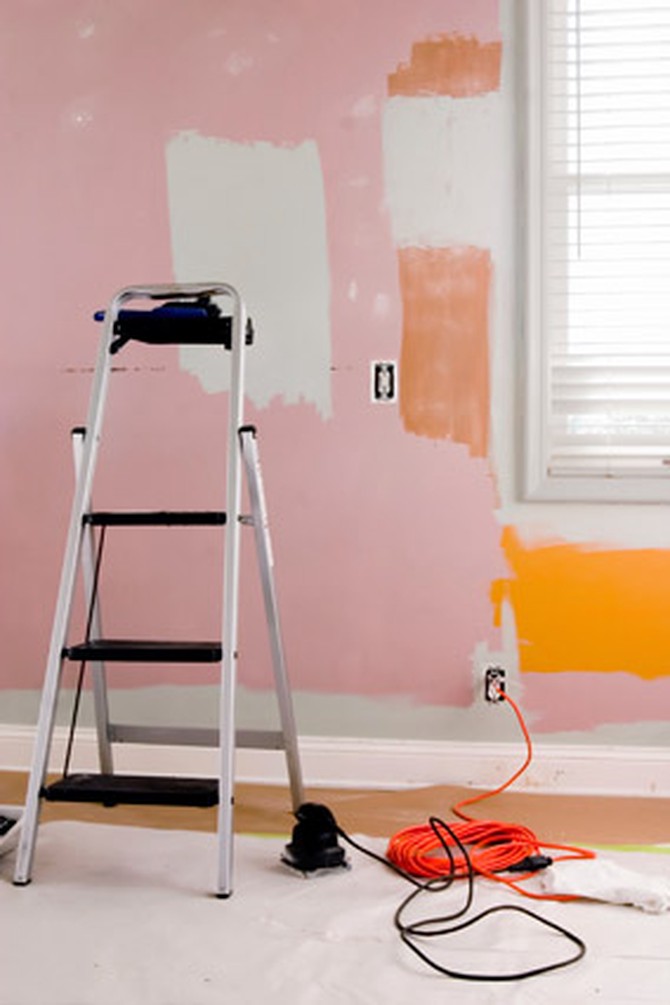
Photo: Thinkstock
Covering Your House in Poisonous Dust
Homes built as recently as 1978 could be coated with toxic lead-based paint—which becomes easy-to-inhale lead-based paint dust when it's sanded off, sawed through or otherwise disturbed during a renovation. That's something more people will have to consider as renovations pick up, with home improvement spending seeing double-digit growth through the third quarter of this year, a new Harvard report suggests. During renovations, it's important for contractors—or DIY-ers—to follow lead-safe practices, which can include wet-sanding equipment, HEPA respirators and protective clothing. Even small quantities of lead are toxic for children and pregnant women, but higher levels can be dangerous for adults, too, leading to high blood pressure, memory loss and reproductive problems.
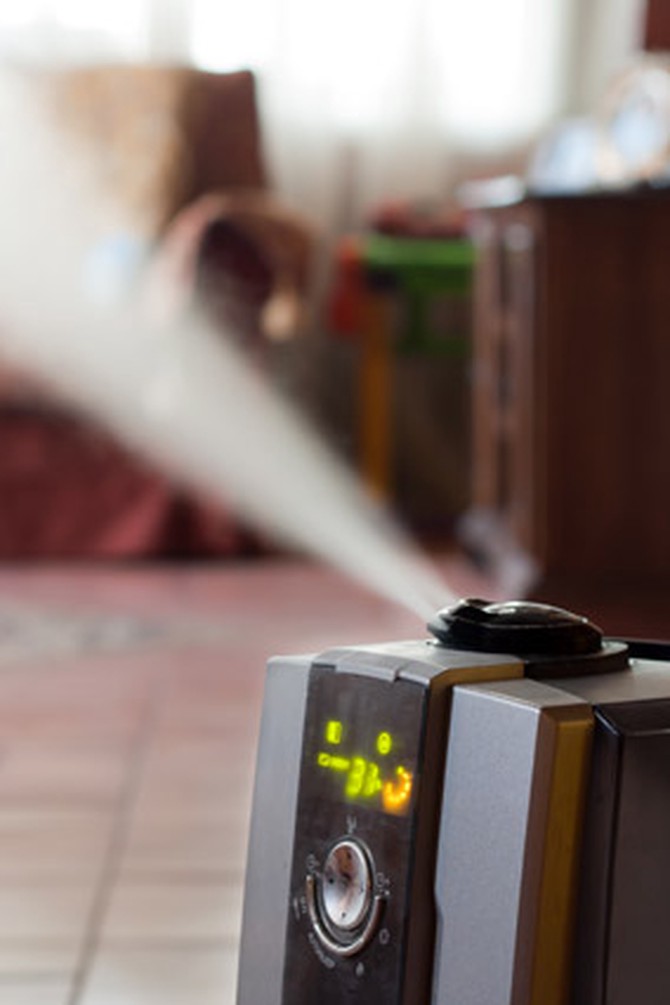
Photo: Thinkstock
Cleaning Your Humidifier Monthly
Failing to clean out your humidifiers well or often enough means that you're not just keeping the air from getting too dry, you're also spraying all sorts of microorganisms—some of which can be harmful to your health—around the room. Unless you change the water frequently and scrub the whole thing down every three days, bacteria, viruses and mold can start breeding in the humidifier's water tank. The resulting pathogen-laden mist can trigger asthma and allergies and even cause flu-like symptoms and lung infections in people who are otherwise feeling fine.
Next: More ways to clean your home without compromising your health
Next: More ways to clean your home without compromising your health
Published 06/04/2013

